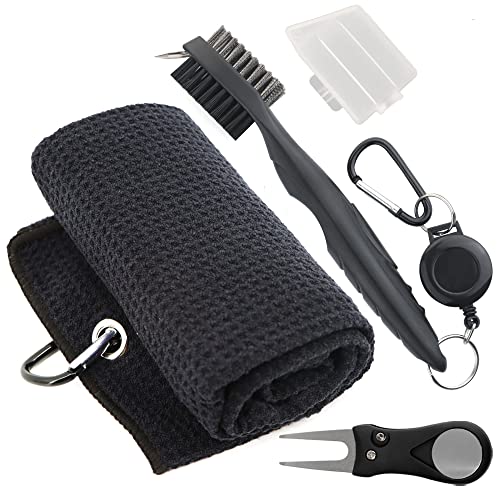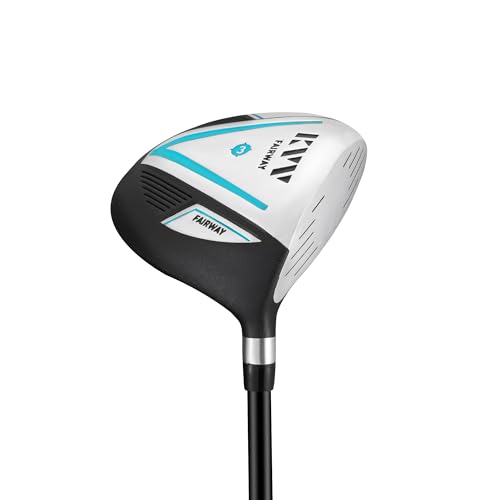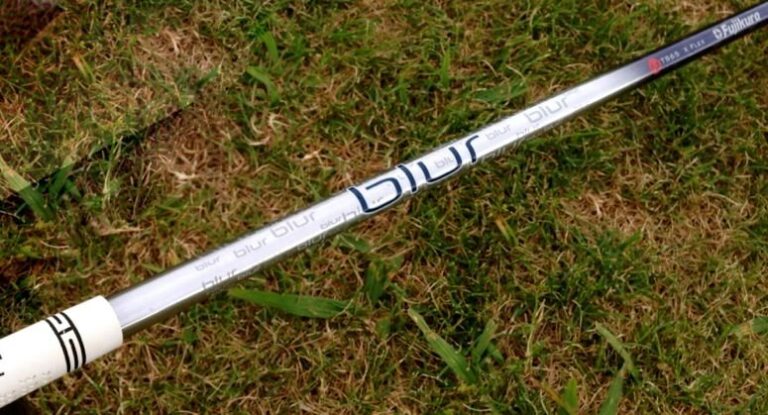Symptoms of Bad Controller on Golf Cart include erratic speeds and failure to start. The golf cart may also exhibit jerky accelerations or decelerations.
Golf carts play a crucial role in providing convenient transportation on the course and around gated communities. A well-functioning cart is essential for the smooth operation of such vehicles. The heart of the electric golf cart is its controller, a critical component that dictates performance by managing the motor’s speed and torque.
Recognizing the early signs of a controller issue can save time, money, and prevent further damage to your golf cart. Golf cart owners should be attentive to any unusual performance glitches that may indicate the controller is malfunctioning. By being vigilant and proactive in maintaining your golf cart’s controller, you ensure a more reliable and enjoyable experience during your rounds or daily use within your community.
Recognizing Controller Issues
Experiencing a sudden loss of power during acceleration is often a clear sign of a faulty controller in a golf cart. This symptom can be particularly alarming as it may occur without warning, leading to safety concerns on the course or road. Golf carts affected by controller issues may also exhibit inconsistent speeds and hesitations, making the ride uncomfortable and unpredictable.
Unexpected stopping or jerking movements are additional indicators of a bad controller. Such occurrences can be both jarring and hazardous, especially if they happen during operation among pedestrians or other vehicles. These symptoms warrant immediate attention to prevent accidents and ensure the continued functionality of the golf cart.
Controller Failure Indicators
Error codes and warning lights often signal controller issues in a golf cart. Persistent error messages or unexpected dashboard lights should prompt a thorough inspection, as these are tell-tale signs of potential electronic malfunctions within the system.
A burnt smell or overheating emanating from the golf cart might indicate that the controller is overloaded or malfunctioning. Excessive heat can cause significant damage and should be addressed immediately to avoid further complications and ensure safe operation.
Visible physical damage to the controller box, such as cracks, corrosion, or loose connections, can lead to erratic performance and operational failures. Regular checks can help identify any physical anomalies early on, preventing more significant issues down the line.
Troubleshooting And Diagnosis
Identifying symptoms of a malfunctioning controller on a golf cart can be intricate but is crucial for maintaining optimum performance. Begin by testing the controller output. Use a multimeter to check for consistent voltage levels. Anomalies suggest potential issues.
Proceed with battery and solenoid checks as they are integral to the cart’s electrical system; irregularities here can mimic controller failures. Ensure the battery is fully charged and terminals are clean. The solenoid should audibly click when activating the cart’s ignition. A silent solenoid could indicate a problem.
Despite these steps, pinpointing controller issues might require expert analysis. Seeking professional assessment is recommended to evaluate complex electrical systems comprehensively. Qualified technicians possess the diagnostic tools and expertise to offer accurate advice and solutions.
Routine Maintenance Tips
Maintaining a golf cart in optimum condition requires regular cleaning and inspection. Ensure the vehicle is free from debris and the terminals are devoid of corrosion for peak performance. It is imperative to examine the controller for signs of wear or damage, as this can preemptively address potential issues.
Cable and connection maintenance is crucial for safety and functionality. Securing all connections and verifying the integrity of cables can prevent electrical failures. Check for any loose or frayed wires, and replace them if necessary to maintain consistent electrical flow.
Stay abreast of the latest advancements by consistently updating your golf cart’s software and firmware. These updates can enhance performance, introduce new features, and rectify known bugs which may affect the controller of your golf cart. Always download updates from trusted sources and follow the manufacturer’s instructions for installation.
Understanding Controller Lifespan
The average lifespan of a golf cart controller can vary, but typically it ranges from 5 to 10 years depending on usage and maintenance. Factors such as exposure to extreme weather conditions, frequent heavy load carrying, and inconsistent maintenance routines can significantly decrease this timeframe. Consistent use in harsh environments, such as rain, sleet, or coastal areas with salty air, can lead to corrosion and premature wear. Additionally, carts that regularly transport heavy loads may experience increased strain on the controller, resulting in earlier malfunctions or failure. Lastly, neglecting routine checks and updates can exacerbate potential issues, reducing the overall efficacy and life expectancy of the controller.
Credit: www.pcmag.com
When To Seek Professional Help
Encountering complex error codes and issues with your golf cart’s controller can be daunting. It is essential to recognize the signs that might require professional help. A thorough expert diagnosis is often the only way to unpack the intricacies behind these codes, which may indicate deep-rooted issues with the cart’s electrical system or motor functionality.
Expert repairs ensure that not only are the immediate error messages addressed but also that any underlying problems are corrected. This preventative approach can save you from future breakdowns and costly repairs, ultimately ensuring the longevity and reliable performance of your golf cart.
Cost-effective Controller Solutions
Deciding to repair or replace a golf cart controller can be challenging. Costs and longevity of the solution are pivotal. A simple repair might extend the life of your current controller at a fraction of the cost of a new one. Yet, if repairs are frequent, investing in a new controller may be more economical over time.
Finding a compatible controller is crucial for ensuring the smooth operation of your golf cart. Compatibility ensures the controller will communicate effectively with other components, providing reliable performance. Check for specific model recommendations from your cart’s manufacturer or consult with a professional for guidance on the best fit.
Enhancing Controller Performance
Upgrading controllers can significantly enhance the performance of your golf cart. Opt for higher amperage controllers to boost both speed and torque. Consider aftermarket options which typically offer customizable settings for acceleration and regenerative braking, providing a more responsive and efficient ride.
Adjusting the controller settings is another way to achieve better power delivery. Fine-tuning parameters such as the throttle rate, brake force, and top speed limit can significantly improve how the golf cart handles. Expert advice may be required for these adjustments, ensuring the modifications match your cart’s specifications and intended use.
Frequently Asked Questions Of Symptoms Of Bad Controller On Golf Cart
What Indicates A Faulty Golf Cart Controller?
A bad golf cart controller often results in erratic speed control. Your cart may suddenly accelerate or fail to maintain a steady pace. Another indication is if the cart doesn’t respond when the accelerator is pressed.
Can A Controller Cause Golf Cart Stalling?
Yes, a failing controller can cause a golf cart to stall. The controller manages power delivery, and if it malfunctions, the cart may lose power intermittently, leading to stalling especially under load or when attempting to start moving.
How Does A Controller Affect Battery Life?
A malfunctioning controller can lead to inefficient battery use, resulting in quicker drain and reduced overall battery life. It may overwork the battery by demanding more power than necessary or fail to regulate charging properly.
What Are Common Signs Of Controller Damage?
Common signs include intermittent power loss, unexpected speed changes, and failure to start. Other symptoms may be overheating, where the controller becomes hot to the touch, or a burnt smell around the controller area.
Conclusion
Recognizing the signs of a failing golf cart controller is crucial for timely repairs. Unexpected behavior while driving can indicate a major issue. Keep an eye on speed control and acceleration. Address these symptoms promptly to ensure your golf cart remains reliable and safe for every journey.





